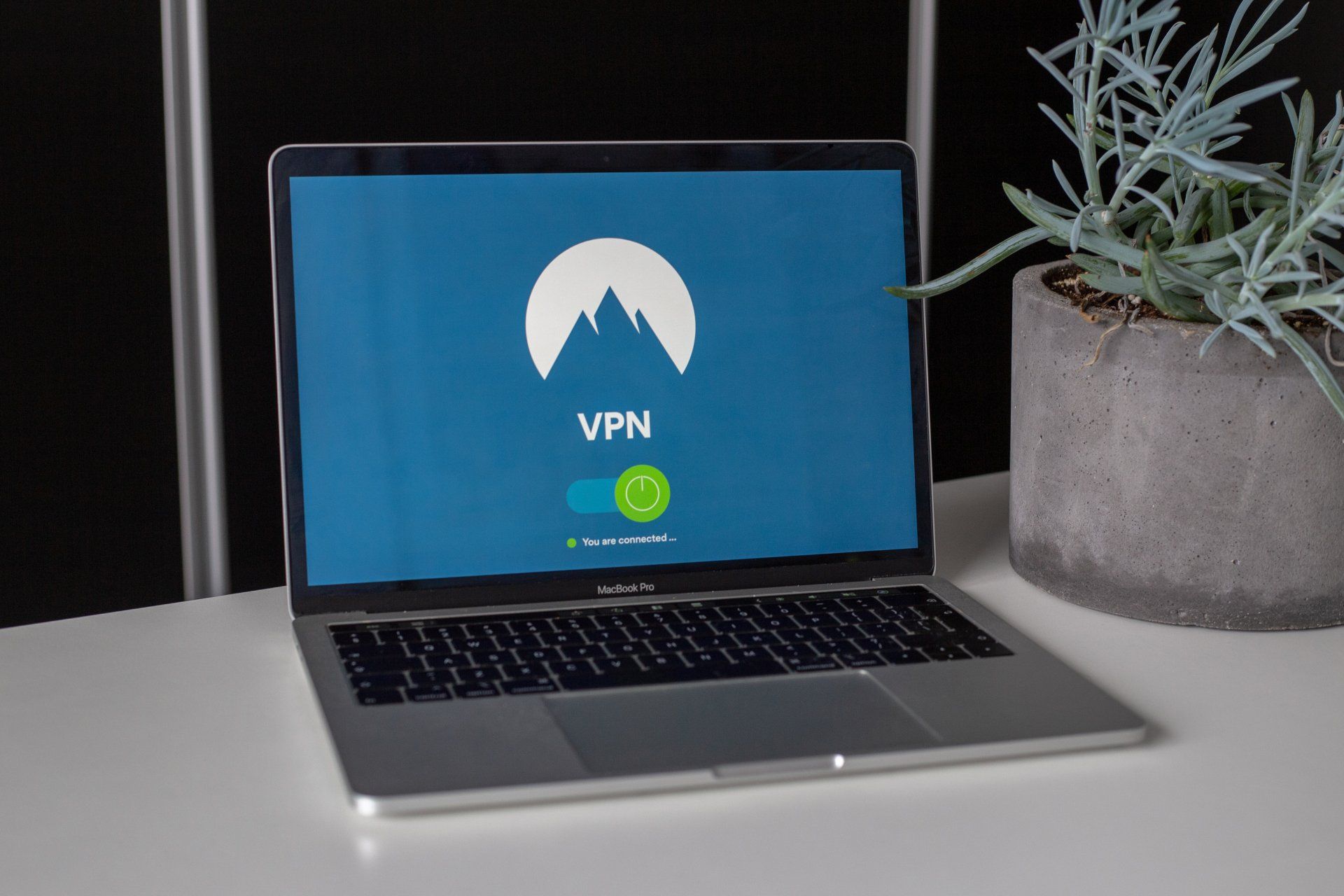Best practice in Credit Analysis
Credit analysis is a critical component of credit risk management in banks. It involves evaluating the creditworthiness of a borrower or counterparty to determine the likelihood that they will be able to repay a loan or other credit obligation. Effective credit analysis is essential to ensuring that banks make sound lending decisions and manage credit risk effectively. In this chapter, we will discuss best practices in credit analysis, including the tools and techniques that banks can use to conduct effective credit analysis.
- Gather Comprehensive Information: One of the best practices in credit analysis is to gather comprehensive information about the borrower or counter-party. This includes information about their financial position, credit history, and other factors that may affect their ability to repay the loan or credit obligation. Banks should also consider the borrower's business model, industry trends, and other relevant factors that may impact their ability to repay the loan.
- Use a Variety of Tools and Techniques: Banks should use a variety of tools and techniques to conduct credit analysis. This includes financial statement analysis, credit scoring models, and other risk assessment tools. Banks may also use qualitative factors such as management quality, industry trends, and market conditions to assess credit risk. Using a variety of tools and techniques helps to ensure that credit analysis is comprehensive and that all relevant factors are considered.
- Establish Clear Credit Policies and Procedures: Banks should establish clear credit policies and procedures that outline the bank's approach to credit analysis. This includes establishing criteria for assessing creditworthiness, as well as procedures for loan origination, underwriting, and documentation. Clear credit policies and procedures help to ensure that credit analysis is consistent and that sound lending decisions are made.
- Regularly Monitor Borrowers and Counterpartie: Effective credit analysis involves not only assessing creditworthiness at the time of loan origination, but also regularly monitoring borrowers and counterparties throughout the life of the loan or credit obligation. Banks should establish procedures for ongoing monitoring, including regular financial statement analysis, covenant compliance monitoring, and other risk assessment tools. Regular monitoring helps to identify potential credit risks and to take appropriate action to manage those risks.
- Foster Collaboration Among Department: Credit analysis often involves collaboration among multiple departments within a bank, including credit analysis, risk management, and lending. Banks should foster collaboration among these departments to ensure that credit analysis is comprehensive and that all relevant factors are considered. Collaboration also helps to ensure that all departments are aligned in their approach to credit risk management.
Effective credit analysis is essential to managing credit risk in banks. Best practices in credit analysis include gathering comprehensive information, using a variety of tools and techniques, establishing clear credit policies and procedures, regularly monitoring borrowers and counterparties, and fostering collaboration among departments. Following these best practices helps to ensure that banks make sound lending decisions and manage credit risk effectively.




